Optimal Timing for Waterproofing
Waterproofing is a critical process to protect structures from water intrusion, which can lead to damage, mold growth, and structural deterioration. Proper timing ensures the effectiveness and longevity of waterproofing applications. The optimal time for waterproofing depends on weather conditions, temperature, and humidity levels, which influence the curing process and adhesion of waterproofing materials.
Ideal for waterproofing projects due to moderate temperatures and lower humidity, allowing materials to cure properly.
Applying waterproofing during dry periods minimizes exposure to rain and moisture, ensuring better adhesion and durability.
Implementing waterproofing before construction begins prevents water intrusion during building and reduces future repair costs.
Periodic waterproofing inspections and reapplications during dry months can extend the lifespan of existing waterproofing systems.

Ways to make Waterproofings work in tight or awkward layouts.
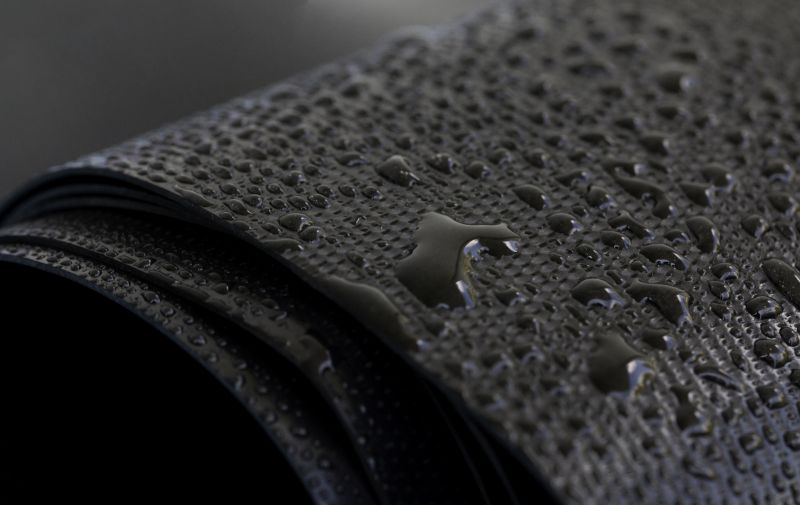
Popular materials for Waterproofings and why they hold up over time.

Simple add-ons that improve Waterproofings without blowing the budget.

High-end options that actually feel worth it for Waterproofings.
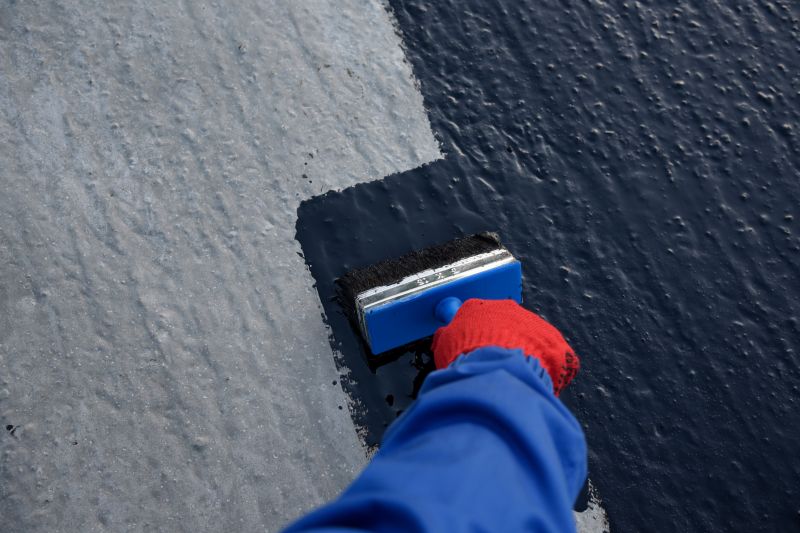
Finishes and colors that play nicely with Waterproofings.

Little measurements that prevent headaches on Waterproofings day.
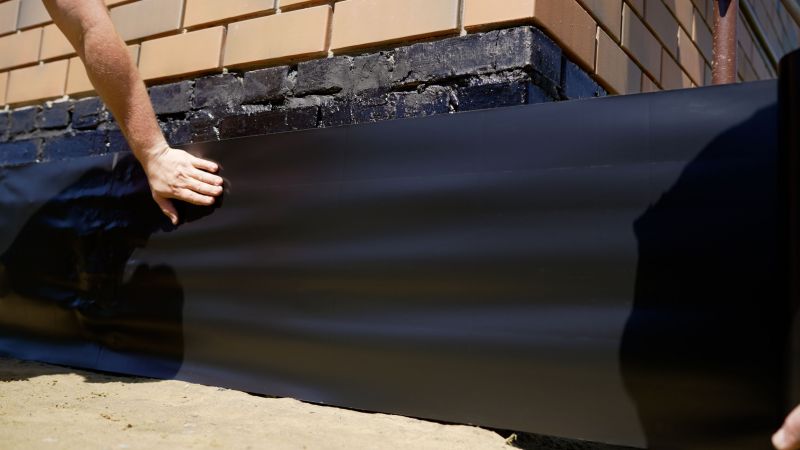
A 60-second routine that keeps Waterproofings looking new.
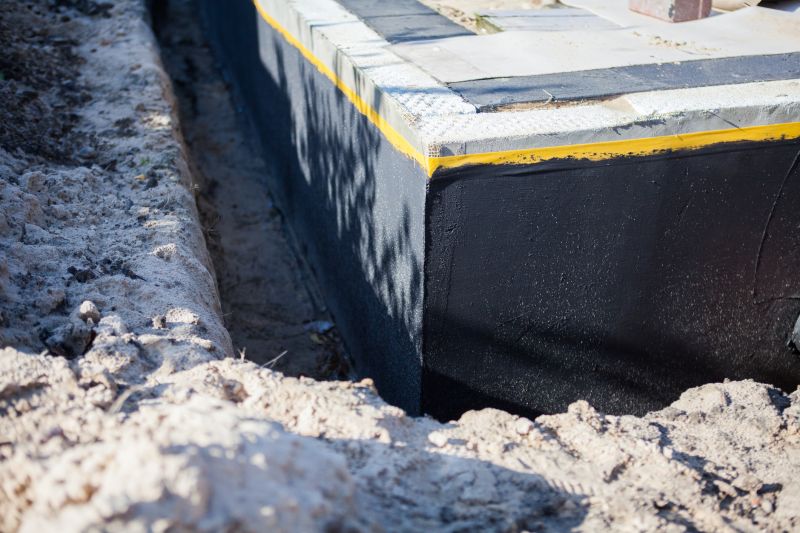
A frequent mistake in Waterproofings and how to dodge it.

Small tweaks to make Waterproofings safer and easier to use.
| Season | Optimal Conditions for Waterproofing |
|---|---|
| Spring | Moderate temperatures, lower humidity, ideal for curing. |
| Summer | Dry, warm days suitable, but avoid extreme heat. |
| Fall | Cooler temperatures, good for late-season waterproofing. |
| Winter | Generally unsuitable due to cold temperatures and moisture. |
| Dry Season | Best overall conditions for application and curing. |
Waterproofings are essential for maintaining the integrity of structures by preventing water penetration. They are applied to foundations, roofs, basements, and other vulnerable areas. Modern waterproofing solutions include liquid membranes, sheet membranes, and sealants, each suited for different applications and environmental conditions. Proper installation and timely reapplication can significantly extend the lifespan of a building's waterproofing system, reducing maintenance costs and preventing water-related damages.
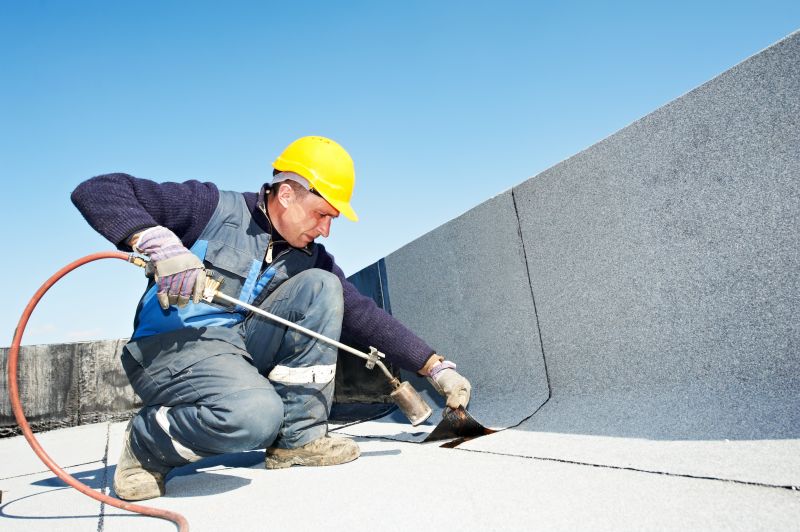
Lower-waste or water-saving choices for Waterproofings.

The short, realistic tool list for quality Waterproofings.
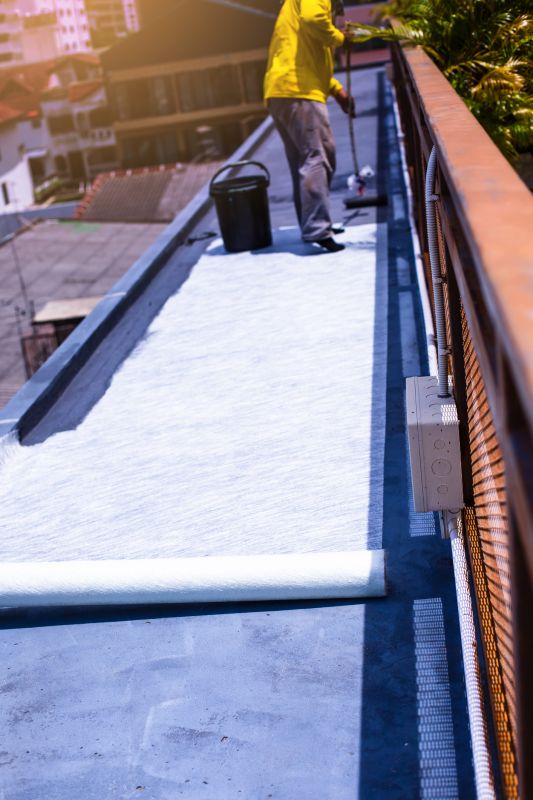
Rough timing from prep to clean-up for Waterproofings.
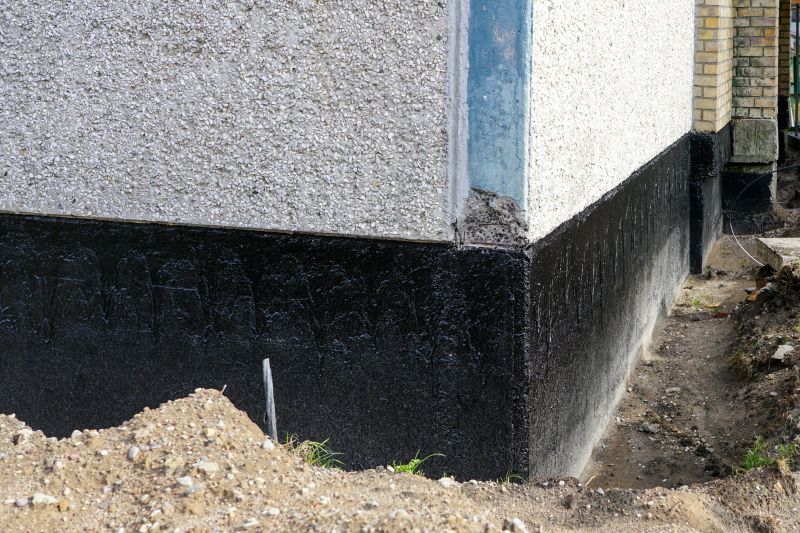
Quick checks and paperwork to keep after Waterproofings.
Interested in waterproofing services? Filling out the contact form provides an opportunity to discuss specific needs and schedule inspections or applications to ensure structures remain protected from water intrusion.


